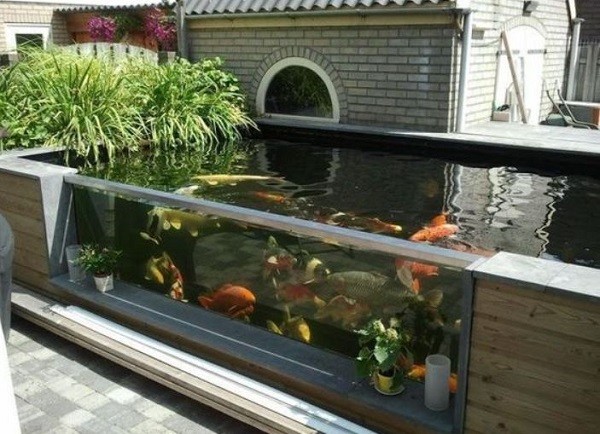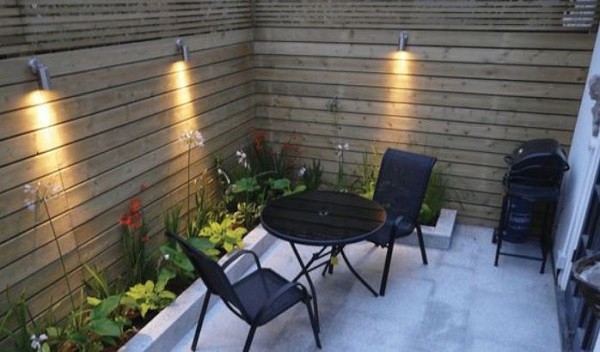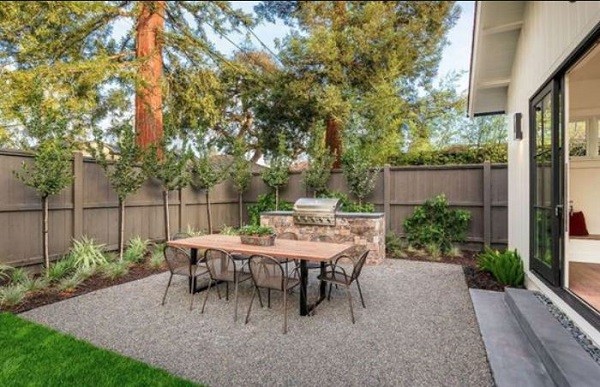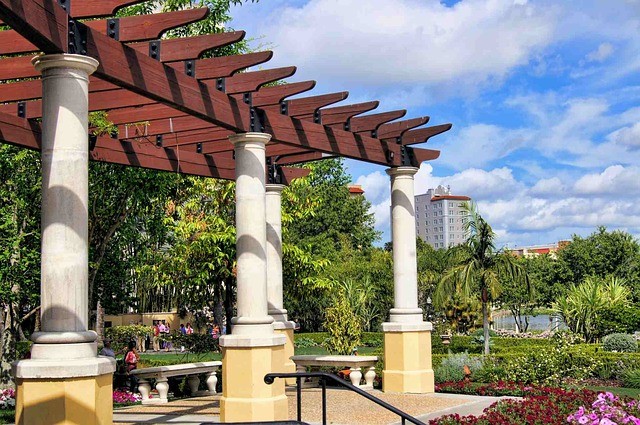Landscape edging might seem like a subtle addition to your outdoor space, but its impact can be profound. From enhancing aesthetics to improving maintenance, landscape edging offers a range of benefits that can elevate the look and functionality of your garden or yard. In this article, we’ll delve into five key advantages of incorporating landscape edging into your landscaping design.
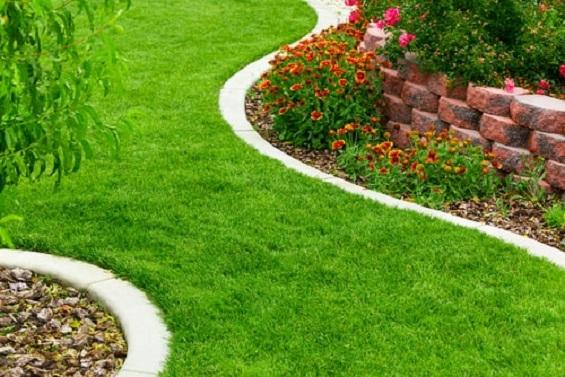
Exploring the Advantages: 5 Benefits of Landscape Edging
-
Clean and Neat Appearance:
Landscape edging provides clear separation between different areas of your yard, such as flower beds, lawns, and pathways. This separation creates a clean and organized look, preventing the mingling of grass, mulch, and other materials. Edging defines the boundaries and keeps your landscaping elements in their designated spaces, giving your outdoor area a polished and well-maintained appearance.
-
Weed and Grass Control:
One of the most practical benefits of landscape edging is its ability to deter weeds and unwanted grass from encroaching into flower beds and other landscaped areas. The barrier created by the edging prevents weed roots from spreading, making it easier to maintain a weed-free garden. Additionally, edging helps to keep grass from growing into garden beds, reducing the time and effort required for regular trimming and weeding.
-
Easy Maintenance:
Maintaining the edges of your lawn and garden becomes significantly easier with the presence of landscape edging. Edging acts as a barrier that keeps mulch, soil, and decorative stones in place, preventing them from spilling onto walkways or lawns. This not only reduces the need for constant cleanup but also simplifies mowing and other maintenance tasks by providing clear boundaries.
-
Enhanced Landscaping Design:
Landscape edging serves as a design element that enhances the aesthetics of your outdoor space. It adds visual interest by creating defined lines, shapes, and patterns. Edging materials come in various styles, colors, and textures, allowing you to choose options that complement your existing landscaping theme or create a striking contrast. This design flexibility adds an artistic touch to your garden or yard.
-
Protection for Plants and Hardscape Elements:
Landscape edging provides a protective barrier for both plants and hardscape elements. For instance, edging prevents soil erosion from heavy rainfall, preserving the stability of your garden beds. It also shields plants from foot traffic, lawnmower blades, and other potential hazards. Moreover, edging can keep gravel or decorative stones within their designated areas, preventing them from scattering or sinking into the ground.
Choosing the Right Edging Material:
Landscape edging comes in a variety of materials, including metal, plastic, stone, brick, and wood. The choice of material should align with your landscaping style, budget, and desired level of durability. Each material has its unique characteristics and visual appeal, so consider factors such as maintenance requirements, climate conditions, and the overall look you want to achieve.
Landscape edging offers numerous advantages that contribute to the overall beauty and functionality of your outdoor space. From maintaining clean lines to simplifying maintenance tasks, edging adds value to your landscaping efforts. Whether you’re designing a formal garden or a casual backyard retreat, incorporating landscape edging can help you create a well-organized, visually appealing, and easy-to-maintain landscape that you’ll enjoy for years to come.
